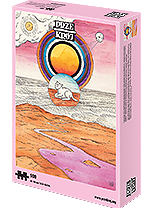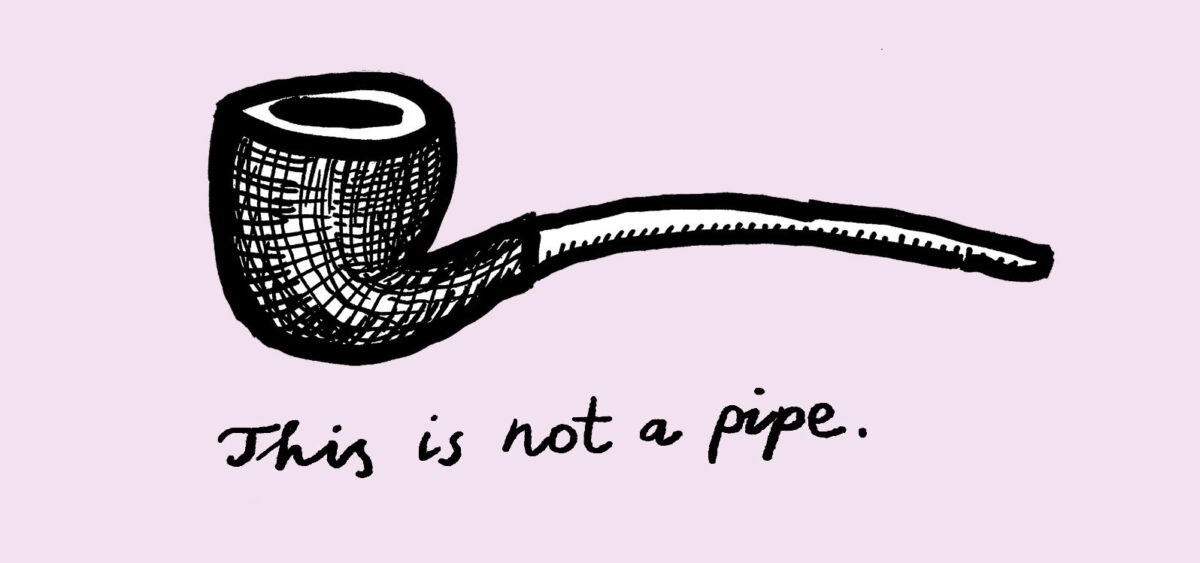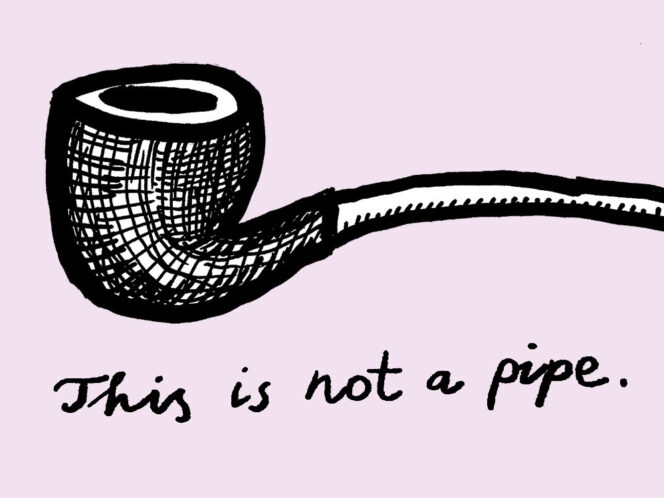
A walk in a park or a forest is an ideal opportunity to experience the spring awakening with all your senses. A meditation teacher suggests a way to approach it.
“Mindfulness is the miracle by which we master and restore ourselves. Every day we are engaged in a miracle which we don’t even recognize: a blue sky, white clouds, green leaves, the black, curious eyes of a child – our own two eyes. All is a miracle.”
Thích Nhất Hạnh, “The Miracle of Mindfulness” , trans. Mobi Ho, published by Beacon Press, 1975
What is the most effective meditation practice? The one you follow every day – or at least aspire to make part of your day. I encourage anyone learning to meditate to create a personal ritual out of their practice. It is worth lighting a candle or burning incense, and sitting on a cushion to allow the speeding train called ‘Everydayness’ to halt for a moment; to hear the silence; to experience the regenerating






